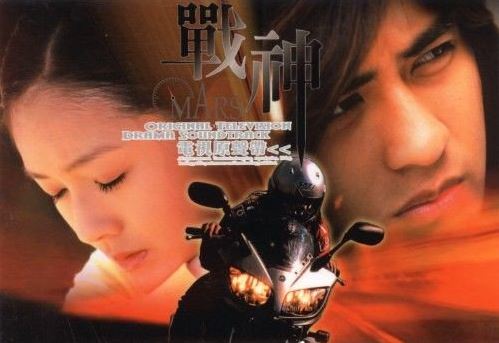Six thinking hats is a book written by Edward De Bono and very helpful in managing meetings and discussions in a group. It is an effective tool in parallel thinking processes and could help people express their opinion and views and to be more productive and systematic when it comes to decision-making.
It is an important tool also in a group discussion which enables full thinking potential of teams and help improved team productivity and communication, project management and creative training.
It is called Six Thinking Hats because it has six distinct directions to follow which means that everytime a team is in a discussion, members must learn to separate thinking into six clear functions which are identified with colors. Each color is called a “Thinking Hat”.
· White – symbolizes information which considers pure information or facts available and needed, just pure and simple facts.
· Yellow – symbolizes optimistic response and brightness exploring positive facts and seeking logical value and benefits.
· Black – refers to discernment and judgment where members must start assessing and segregating reasons worthy to be applied and why something may not work.
· Red – signifies feelings and intuition and members can express emotions and instinctive manners, their fears, likes and dislikes.
· Green – signifies creativity, expressing concepts and perceptions that can benefit the organization or team. Statements of provocation and identifying where a thought goes.
· Blue – Used to manage the thinking process, refers to the control mechanism ensuring that the six thinking hats guidelines are observed.
The main idea of these six thinking hats is that after identifying and thoroughly investigating the six modes of thinking, sensible and distinct programs can now be created and evaluated.
The color or “hat” is followed according to sequence when applied in a team discussion or meeting and always end in a blue hat. The group will then agree how they will think and evaluate the outcome.
This meeting management tool is a systematic process of parallel thinking where a person or a decision maker won’t leap to unstructured and unfocused thinking process. Using this tool, the team would be able to:
· look at problems, strategies and opportunities
· make meetings become shorter and more productive and focused
· reduce conflicts among members
· create dynamic and systematic result
· see all sides of the situation and make thorough evaluation
· generate more and better ideas and achieve and significant results










0 Comments